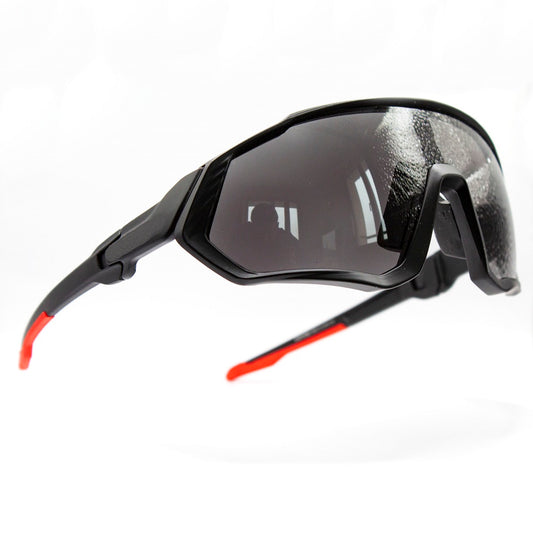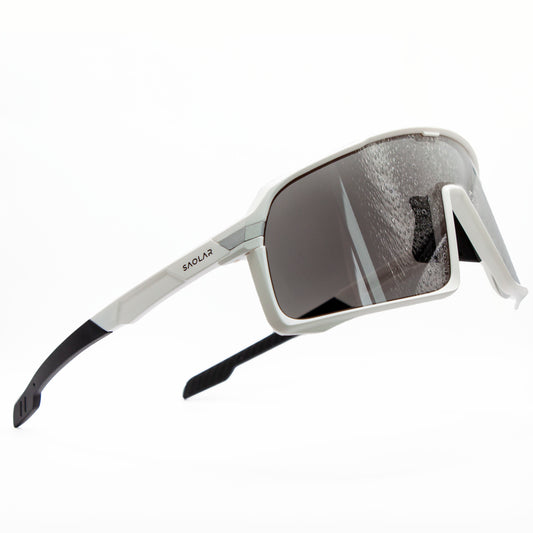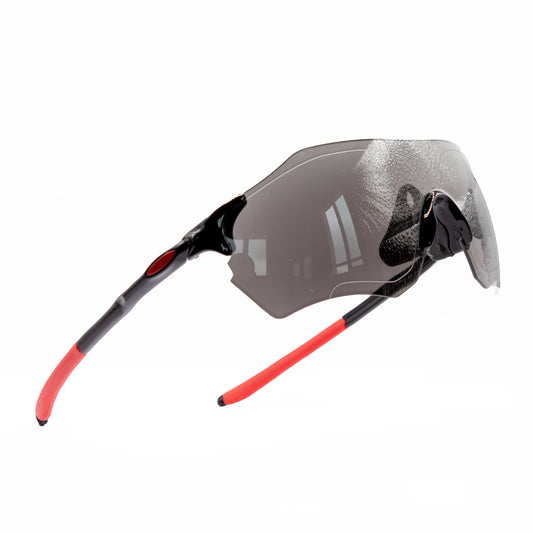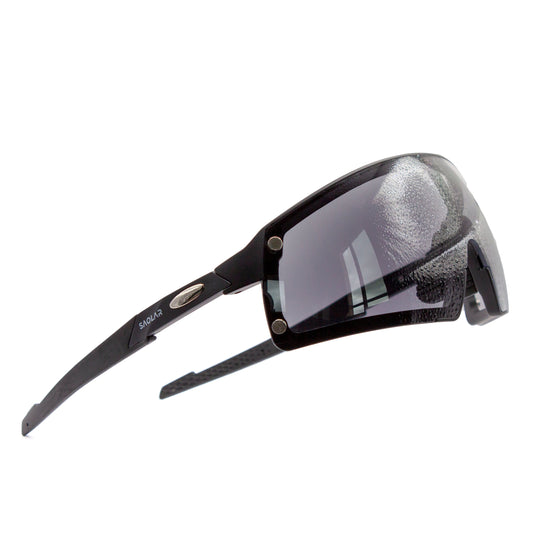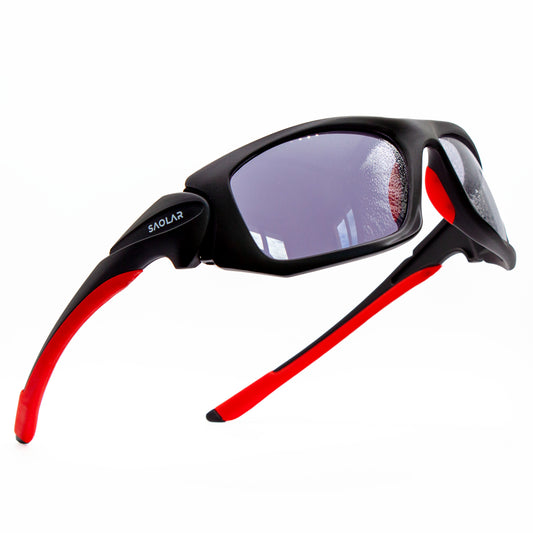Whether you are a beginner or an experienced cyclist, you enjoy bike rides on VTT? You would like to progress in the practice or you want to go up to a higher level and try out pro figures? You are just looking for advice to avoid accidents? This article is for you. Whether you are a beginner or a semi-pro rider, find here 10 tips for biking in VTT on all types of trails: whether it is in the city, in the countryside, in the mountains or in the forest.
1 - Keep your weight centered on the bike
Whether you're cycling for leisure or doing cyclocross, maintaining balance is essential to avoid going over the handlebars. This can happen when the center of gravity of your body moves and the wheel of your leisure bike doesn't have enough grip on the ground. To avoid this, keep your weight centered on the bike and maintain this balance throughout the mountain biking course. If you lean too far forward, you risk being thrown off your bike in case of sudden braking or obstacles. If you lean too far back, you risk missing the brakes.
2 - Stay Flexible and relaxed on the bike
It is completely normal for any beginner cyclist to be afraid of losing balance during their hike. However, it is important not to forget to have fun and relax once in the saddle. Therefore, there is no need to apply too much pressure on the handlebars. Just make sure to hold them firmly to avoid losing control. Similarly, for the brakes, there is no need to hook all your fingers on them. Pros recommend using just one finger on the brake. Anyway, thanks to hydraulic discs, the braking system will be smooth and without risks.
3 - Maintaining pedaling speed
Pedaling is very important in a mountain bike ride. To maintain balance and make sure you move forward steadily, you must develop good cadences. Therefore, make sure you pedal with a good rotation. Try to maintain the same pedaling speeds throughout the journey as jerky strokes cause an imbalance of cadence and a regular rhythm. When climbing, you will need to exert more pressure on the pedals, but maintain the same pace so as not to tire quickly. You may not make it to the end.
4 - Braking when you need to
Braking control is essential for controlling your bike on the road. You must avoid braking too much to better manage the bike, but also to deal with the various obstacles during your routes. Both brakes must be used effectively and at the right time. The front brake provides powerful braking. Its use should be limited on slopes, bends, descents or rough terrain to avoid skidding and sliding. The rear brake provides smooth braking but beware, it can detach the rear wheel from the ground.
5 - Ride smoothly around corners
When you turn, the centrifugal force pulls you along as if it were going to throw you off your bike. That is why you need to ride smoothly around corners. When turning flat, ride lightly. Don't speed up too much or you will lose control of your bike, even though it may feel good. On slopes, do not brake in the middle of difficulties. Let the bike roll lightly over the hills without slowing down. Make sure you have good control of your handlebars. On a banked turn, stand slightly backwards and ride on the outermost path.
6 - Braking before turning
To keep your momentum, but also to avoid hard braking, you should always brake BEFORE you turn and not in the turn. You must not break the speed you had before entering the turn, especially if you are already going. If you brake in the turn, you may lose that speed but you will have to expend more energy to regain it.
7 - Always look ahead
When riding a bike, whether it is a mountain bike, a city bike, a racing bike or a mountain bike, you should always look ahead. Visualise your mountain bike routes in advance and keep your head up to anticipate obstacles, routes and paths. For example, at the start of a bend you should have already looked at the exit to determine the trajectory you should take. Similarly, on the slopes you should have already visualised the trajectories that await you once the climb or descent is complete to better prepare for the gear change if necessary.
8 - Stop without using the brakes
This is called stationary balance and it is learned with experience. The more you ride, the more you are able to stop, without putting your feet on the ground, but still keeping your balance. To master this technique, ride often enough and as slowly as possible. Hold the brake lightly to slow down and try to shift your weight without losing your balance. To progress in the stationary balance technique with a mountain bike, practice on a gentle slope.
9 - Lowering the tyre pressure
It is safer and easier to ride with sufficiently inflated tyres. However, too much pressure can cause your bike to bounce along the way. It is therefore recommended that you lower your tyre pressure slightly to eliminate any risk. A pressure between 24 and 25 lbs at the rear and 27 lbs at the front is sufficient for 29" road bikes. If you are riding a 26" bike, you should choose a pressure between 25 and 26 lbs in the rear and 28 lbs in the front.
10 - Ride your mountain bike as often as possible
The mountain bike is different from all other bikes. It can be ridden on any type of terrain and can be used for many purposes: mountain bike for everyday errands, trekking bike for mountain biking, transport vehicle for long distances, and many others. The only way to learn to master mountain bikes is to ride them as often as possible.



